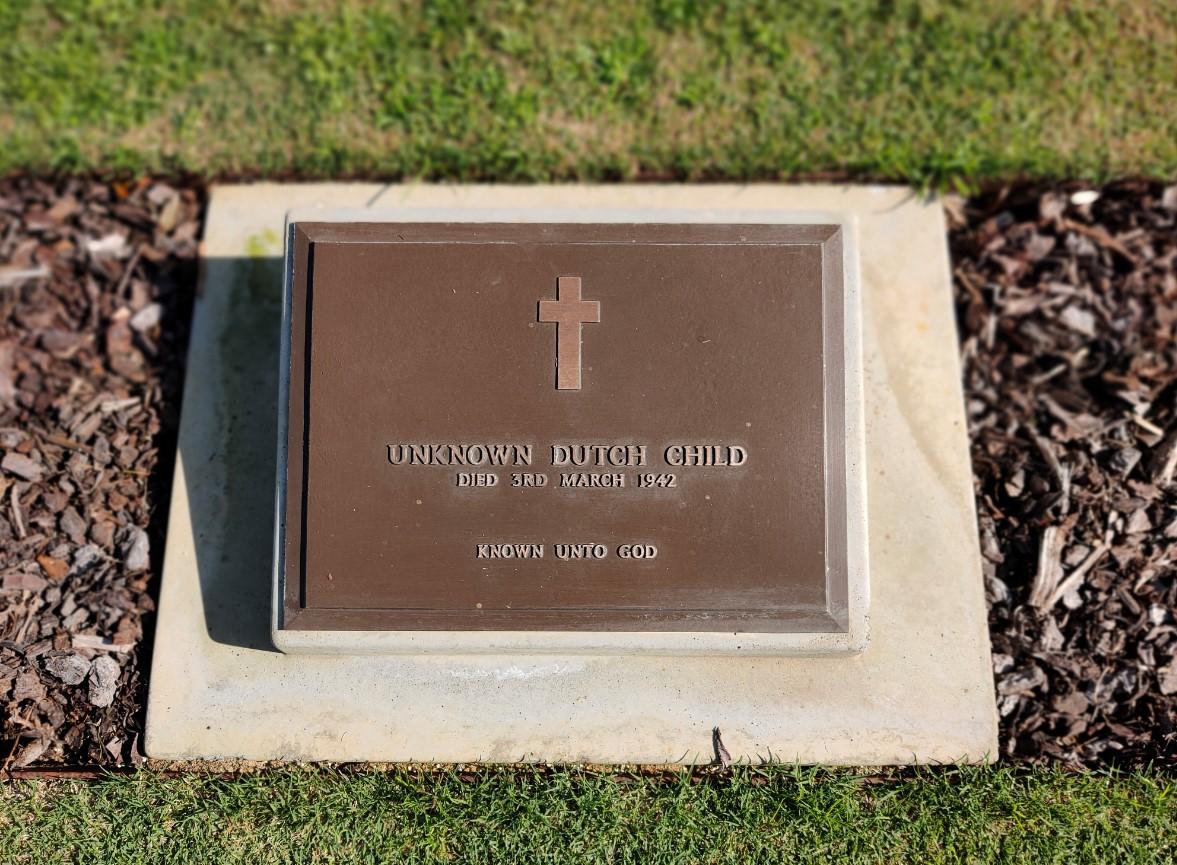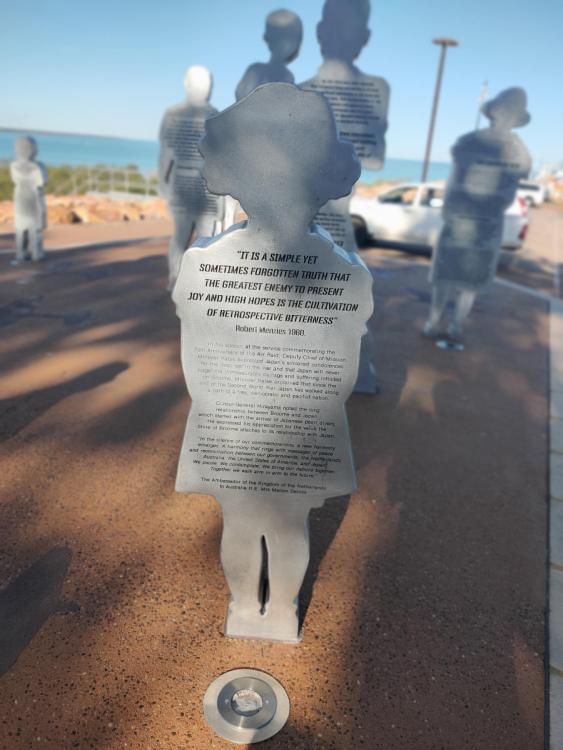
“ABORIGINE HERO OF BROOME RAID Saved Woman and Child” announced the Page 3 headline article on the Perth Sunday Times, 15 March 1942, a dozen days after the Japanese had strafed the Kimberley pearling port.
Apart from the two bombing raids on Darwin on 19 February 1942 the costliest air attack over northern Australia during the Second World War was the strafing of Broome on 3 March.
At dawn that day nine Japanese Zero fighters roared in over the Timor Sea led by a C5M ‘Babs’ reconnaissance aircraft. They carried no bombs, as they only expected to find a handful of Allied aircraft at the aerodrome. Their machine guns would be enough.
To the surprise of the Japanese aviators, what they discovered was not only seven large aeroplanes at the aerodrome but 16 flying boats, Dutch, US, British and Australian, bobbing on the waters of Roebuck Bay waiting to be refuelled to continue the journey south. Most bore military markings so were valid targets. What the Japanese did not know was that the flying boats were packed with civilian refugees fleeing the Netherlands East Indies (modern Indonesia).
Short in duration, but intense in savagery, the attack destroyed aircraft, riddled buildings and set the waters of the bay on fire. At least 86 people died, of which 52 bodies were recovered.
There were many acts of courage that day. The one that made the headlines in Perth newspapers features 20-year-old Bardi man Charlie D’Antoine, a labourer refuelling a Dutch flying boat. As he knelt with fuel nozzle in hand, exposed on the wing, while bullets smacked into the airframe and water around him, two crewmen fled with his rowboat leaving him stranded. A strong swimmer, he was about to dive overboard and swim to safety when he saw a Dutch woman, with babe in arms, jump into the sea. She could not swim. D’Antoine leapt to her aid, towed her from the burning, sinking vessel and supported her and the child until they were rescued after the raid. Interviewed in 1992 Charlie claimed that he was more scared “of the sharks from below than from the Japs[sic] above”.
While D’Antoine struggled in the water, 21-year-old air force wireless operator Corporal Andy Ireland from Campsie was aboard a huge Qantas Empire flying boat, pressed into RAAF service, that was being raked by machine gun fire. Ireland rummaged through the bullet-riddled, settling fuselage to find a rubber dingy. Inflating the life raft, he paddled clear and picked up his crewmates and other survivors. He was credited with rescuing nine people that morning.
Ireland was awarded the British Empire Medal for his courage and D’Antoine was decorated by the Dutch.
